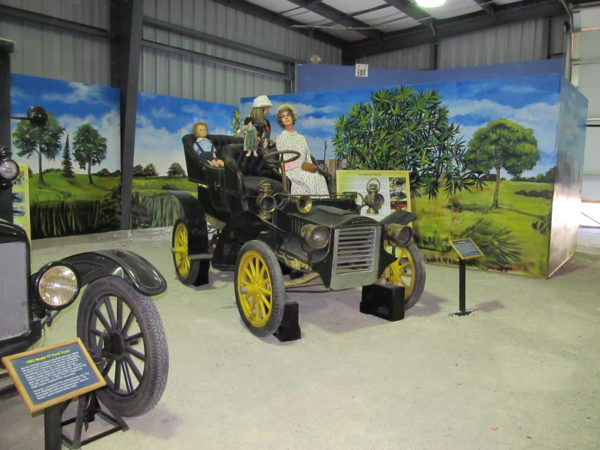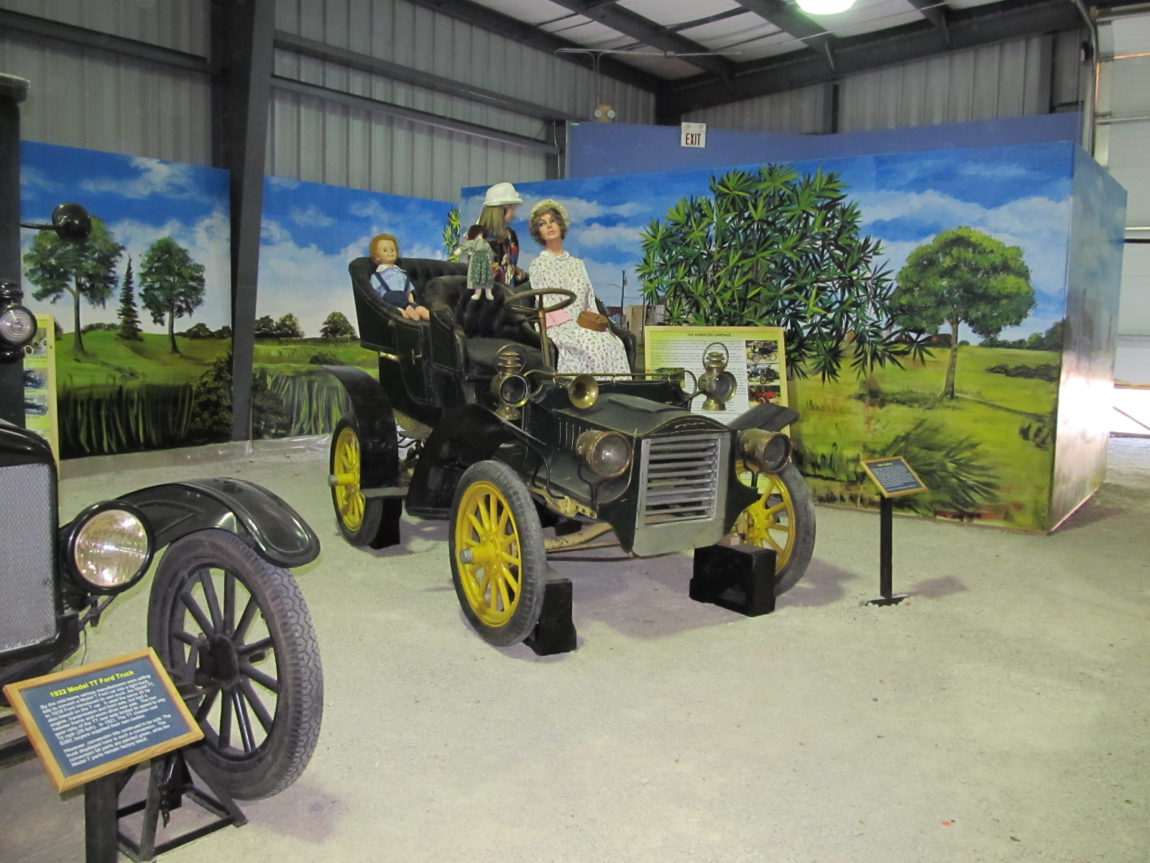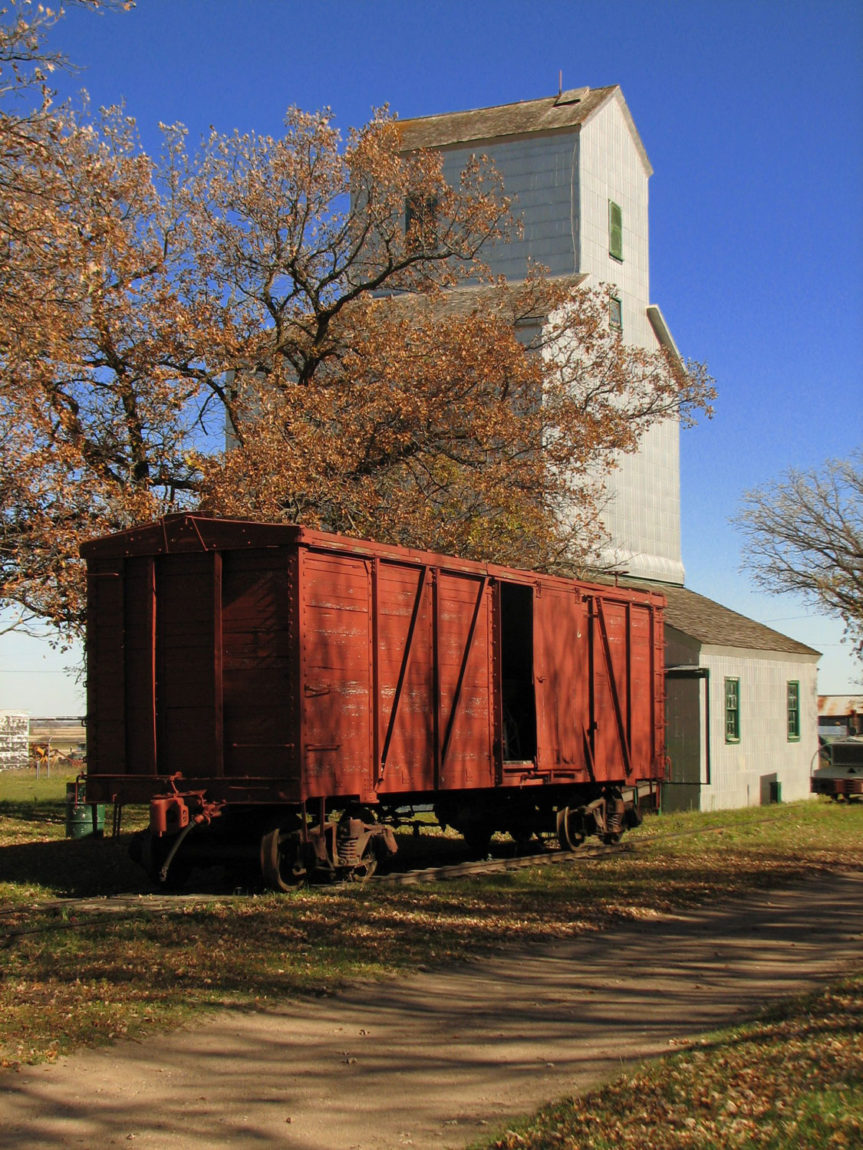The boxcar in the Museum’s collection is the Canadian Pacific Railway’s (CPR) Boxcar 119462. It was built in 1914 as part of an order of 3,000 Fowler boxcars placed by the CPR with the Canadian Car and Foundry Company. The CPR owned a total of 33,000 Fowler boxcars between 1909 and 1915. The CNR owned another 33,000 Fowler boxcars and Fowlers were also built for US railroads.
In 1908, the Dominion Car and Foundry Company produced three experimental cars for the CPR which needed large numbers of new boxcars at the time to accommodate the rapidly growing Canadian economy particularly in the west which was experiencing a “boom” with settlers flooding in and the grain trade rapidly expanding. Box cars were badly needed to carry the increasingly large harvests to port and on to customers. This design, which became known as the Fowler boxcar, had a steel frame and structure made up of Z-shaped and flat-bar steel pieces hot-riveted together. Once the frame was assembled, wood was bolted on to complete the floor, sides, and roof. The stresses put on a car in train operation were borne completely borne by the steel frame.
The Fowler design was attractive because it was cheap and easy to build and repair, had a low tare or empty weight, and the design resulted in a tight joint between sides and floors which was necessary in hauling grain. As well, the wood sheathing was applied on the inside of the steel frame which made cleaning the car easy and reduced damage to manufactured goods being hauled in it. As the design used flat steel bars with no specialized castings, problems in making repairs to these cars by other railways was reduced. This was a major issue as cars roamed North America so, if a car was damaged away from their home road, repairs had to be made before moving it. Wooden cars were no problem as the skills and materials existed to duplicate damaged parts. Replacing a specialized casting or steel shape was a far more difficult task.
The Fowler cars were not large by today’s standards, with a 36-foot inside length (inside the car), 8-foot 6-inch inside width and an 8-foot inside height, resulting in a 2450 cubic foot capacity. The loaded weight of the car design was 80,000 pounds with a tare weight of 38,300 pounds. The first cars built had wooden roofs and doors whereas later cars had stamped steel roofs and corrugated steel doors. Cars were often rebuilt so early cars could appear with steel roofs and doors or any combination thereof. The Fowler boxcars could easily be converted to stock cars by removing every second board of the sheathing and installing slatted doors.
In grain service, the Fowler cars needed to be “coopered.” This meant that planks had to be fastened across the door openings to take the weight of the grain. The planks did not go all the way to the top of the opening so as to allow the elevator grain pipe to be inserted into the car and loading to begin. Sometime in the late 1950s, the planks were replaced by heavy cardboard sheets reinforced with steel strapping. When unloading, the planks or cardboard sheets were pushed in so the grain could run out. Power scoop shovels were used at one point to unload cars until car dumpers were developed. Individual cars were pushed onto the dumper, secured to it, the planks pushed in and removed then first one end of the car was elevated and then the other, all while the car was rolled over to one side. In short, the grain was poured out of the boxcar.
No records were kept of the movements of individual boxcars beyond what was needed to bill customers at the moment, so we have no idea what 119462 did between 1914 and 1977, when the car was donated by the CPR to the museum. This class of car made up the backbone of the CPR’s grain hauling fleet through to the 1950s. The Fowlers began leaving service in large numbers in the 1950s but a few made it to the late 1970s hauling grain when all were finally retired. Looking at the interior of the 119462, it is in good shape and the sheathing around the doors bears the marks of grain planks being nailed into place. Doubtlessly, 119462 is a veteran of many a fall grain “rush” with countless trips to Thunder Bay, the West Coast, Montreal or into the US.
Boxcar 119462 illustrates an interesting facet of the story of agriculture that the Manitoba Agricultural Museum seeks to preserve and tell to current and future generations.






